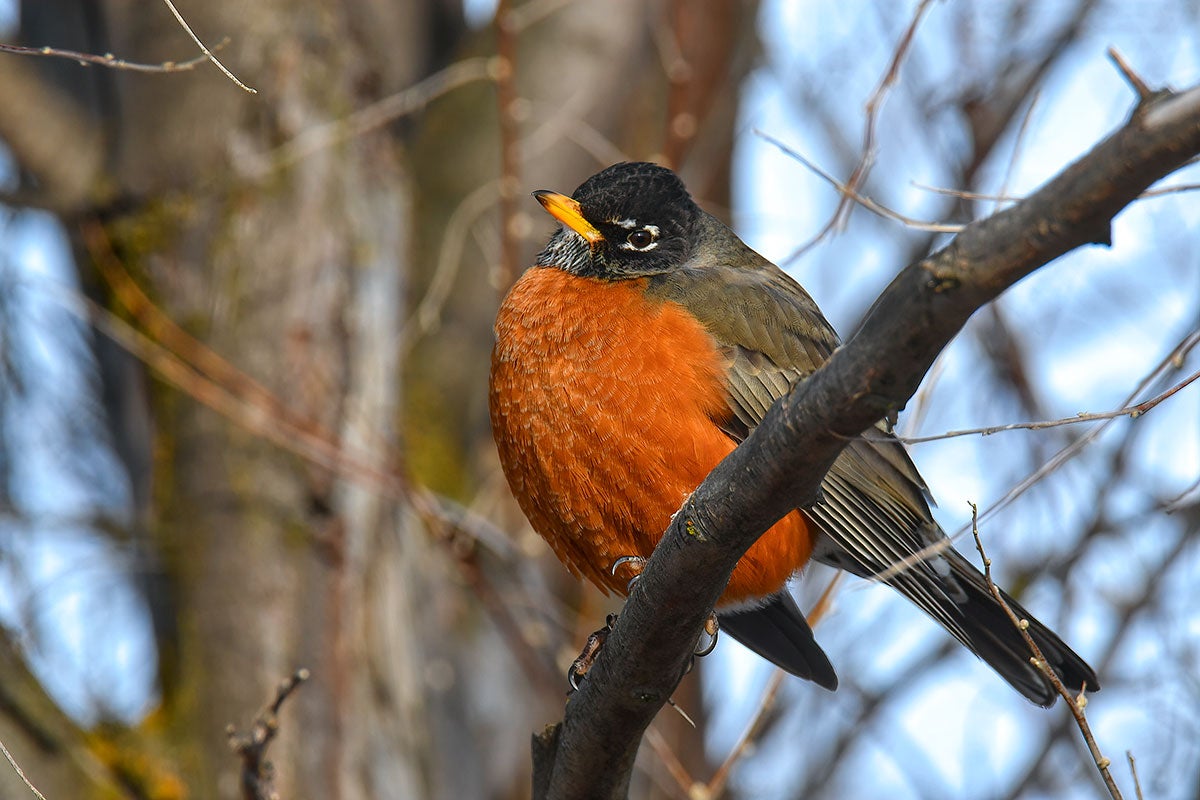Determining crucial migratory varieties and the characteristics of their movements might sound like a straightforward starting point for efforts to conserve and protect pet movements. Nonetheless, migrations are vibrant phenomena that differ over area and time, and migratory actions can vary significantly amongst very closely relevant varieties, subspecies, races, or populations, and even among private pets within a single populace. The migratory actions of populations or people can also transform quickly- or be shed completely- in feedback to habitat modification or climate adjustment. These complexities existing both challenges and chances for initiatives to conserve pet movements. In this Post, we review the concepts of intra-species variant in migration and the level of sensitivity of migrations to ecological change, and we think about the implications of these topics for legal, policy, administration, and research programs.
Introduction
Pet movements are dynamic phenomena that vary over space and time, also among closely related varieties, populations, and individuals.by link team piersma website For instance, in lots of animals there is significant geographical variant in the migratory propensities of different subspecies, races, or populaces- birds that breed in the north may move long distances south to spend the winter months, whereas members of the same species that breed at reduced latitudes may be completely less active (i.e., non-migratory). Even more, also within a distinct populace, there can be systematic distinctions in the distance, courses, endpoints, or seasonal timing of movements among male versus women or more youthful versus older people. Such variant in migratory habits can arise swiftly over evolutionary time ranges (e.g., countless years)- including over contemporary times (e.g., years or years) in feedback to human tasks such as habitat change and environment change. For that reason, effective conservation schedules for animal movements should think about the effects of both spatial and temporal variation in migratory behavior, even within a single migratory types or a solitary regional population.
Our key goal in this paper is to present the complying with 3 organic subjects to nonspecialists, and to discuss their prospective effects for legal, plan, administration, and research agendas associated with the preservation of migrations: 1) geographic variant in migratory actions within-species (i.e., inter-population variant in migration), 2) variation in movement of different people within a single populace (i.e., intra-population variant in migratory habits among people), and 3) the sensitivity of migratory behavior to ecological modification- with remarkable changes observed even over fairly short time ranges.
To show these topics, we make use of a typical backyard North American songbird species, the Dark-eyed Junco (Junco hyemalis). We chose the in some cases migratory junco, not since this types s migration is of prompt preservation concern (it is not), however because previous scientific research study has actually revealed the intricacy of its migration, allowing it to function as a design to convey why intra-species variant in migration- and the sensitivity of migratory actions to environmental modification- give vital difficulties and opportunities for plan efforts to safeguard migrations. Concepts originated from the junco almost certainly put on several other migratory types, consisting of those of instant conservation issue, and we offer picked examples. Nevertheless, for a lot of species, intra-specific variation in migration or the prospective impacts of changing atmospheres on migration have actually not been well characterized. Even for the junco, which has actually obtained much research focus from biologists researching migration, there remain many unanswered concerns concerning migratory variant within and among junco subspecies and populations. These kinds of details voids have the prospective to puzzle or frustrate preservation efforts and should be dealt with by future research study efforts.
The rate at which migratory procedures can be changed by ecological changes- habitat damage or change, environment change, construction of barriers to movement, air pollution, or anthropogenic food or water supplementation- underscores the demand for prompt conservation activity and the articulation of recurring research schedules- both of which must be drafted to accommodate intra-species variation and swiftly transforming organic systems. Although both intra-species variation in migratory biology and the level of sensitivity of movements to environmental adjustment challenge the need to generalize in the context of conservation legislation, plan, monitoring, and research, these subjects must be taken into consideration if the most reliable migration conservation methods are to be created.
Partially II, we present the Dark-eyed Junco, giving pertinent background information for this species, which we subsequently use as an instance to illustrate our bottom lines throughout the following three Components. Partially III, we describe the extent of geographic (inter-population) variation in migration as a basic phenomenon, and we think about the implications of this sort of variation for preservation programs. Component IV introduces the topics of differential migration and partial movement (both kinds of intra-population variation in migratory actions among individuals), and we go over the implications of such intra-population variant for conservation. Partly V, we highlight 2 current site researches which demonstrate how modern environmental adjustments have actually quickly altered migratory biology in the junco, and we think about just how these types of studies can inform techniques to conservation. In Part VI, we conclude by summarizing our bottom lines, emphasizing that future research, together with enhanced communication and collaboration among scientists, policymakers, and managers, could continue to better consider intra-species variation and feedback to environmental modification in the context of preservation of pet migrations.

Leave a Reply